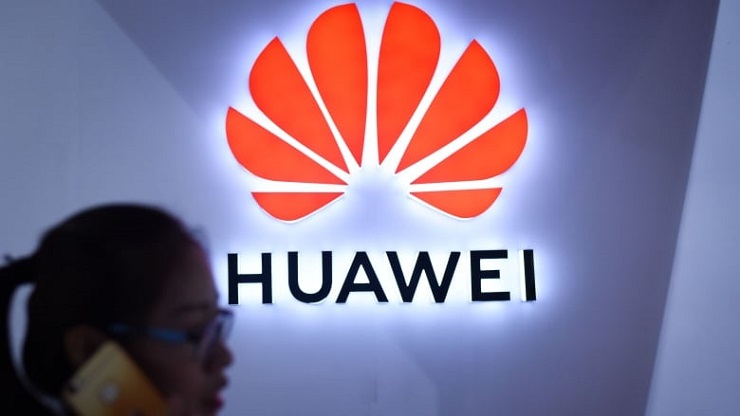Although a South China Morning Post news article of March 9 tried to dismiss a popular notion that there is going on a ‘clash of civilisations’ between the US and China and further showed that the present conflict between the two states could potentially be resolved by “reaching for universalist rather than nationalist values and principles”, the so-called universalism would remain a utopia as long as the nation-state continues to be the primary unit of international order, keeping the primacy of nationalist values and interests over universal. Its illustration can also be found in the strategic and security postures that the U.S., the so-called super-power clinging to the out-dated notion of unilateral hegemony, continues to develop in order to resist other powers’ rise and prevent its own downfall as the sole super-power.
A December-January report of the Pentagon to US Congress made the case clear that China is the US’ enemy number one and that the U.S. must do all it can to maintain its position and prevent Chinese influence in the world.
Therefore, despite all talks of trade-deal between the US and China, this deal would do very little to nothing to turn China’s status as a “revisionist power” in the eyes of the US The US. essentially sees China as a power “actively competing against the United States and our allies and partners, in a fundamentally political contest between those who favor repressive societies and those who favor free societies. China specifically seeks to displace the United States in the Indo-Pacific region, expand the reaches of its state-driven economic model, and reorder the region in its favor as the preeminent power.”
The US thus essentially sees China in antagonistic terms despite the fact that Chinese officials, including Xi, have been stressing the construction of an international “community of common human destiny,”—specifically, the world of shared universal values. For the US, however, the Chinese discourse of ‘internationalism’ is nothing but an attempt to carve out “a higher-profile role in existing regional and global institutions, while selectively pursuing the establishment of new multilateral mechanisms”, something that would enable China to establish its own domination.
Accordingly, the US establishment sees everything that China does in essentially strategic perspective. For example, the Pentagon’s reflections on China’s Belt & Road Initiative or OBOR is that this project does not merely serve economic purposes but also “a greater strategic purpose. China intends to use OBOR to develop strong economic ties with other countries, shape their interests to align with China’s, and deter confrontation or criticism of China’s approach to or stance on sensitive issues. Countries participating in OBOR can develop economic dependencies from over-reliance on Chinese capital and labor. Some OBOR investments could create potential military advantages for China, should it require access to selected foreign ports to preposition the necessary logistics support to sustain naval deployments to protect its growing interests in waters as distant as the Indian Ocean, Mediterranean Sea, and Atlantic Ocean.” This is being bolstered by Chinese mega-investments across the globe that have amounted to, according to the Pentagon report, “$299 billion in Europe, $223 billion in North America, $120 billion in East and Southeast Asia, $98 billion in South America, $91 billion in Australia, $85 billion in West Asia (South Asia, Central Asia, and Russia), $77 billion in Sub-Saharan Africa, and $31 billion in the Middle East and North Africa” between 2006 and 2017.
The US therefore needs to counter what the DoD calls “problems” emanating from Chinese expansion. The Pentagon report specifically mentions four areas: “building a more lethal force to gain military advantage, strengthening allies and partners to generate robust networks that can advance shared interests, reforming the Department to realize greater performance and affordability, and expanding the competitive space to create US advantages and impose dilemmas on competitors.”
The case involving Huawei has become of particular importance in this behalf. It is according to the strategic perspective laid out in this four-tier strategy that the US has been really stepping up pressure on its allies to limit Huawei’s ability to do business in their markets.
These developments tend strongly to cast gloomy shadows over prospects of ‘all getting along well’ after the US-China trade deal; for, this deal is never going to be enough to end the inter-state rivalry that has its roots in the anarchical structure of international politics whereby powerful states resist the rise of new (powerful states) through all means available at their disposal, and the new states tend to out-do the previous hegemons through non-aggressive but potentially powerful means.
The US – China rivalry is, accordingly, only beginning to become truly global. The US would need powerful allies on its side, but the US president’s own criticism of their NATO allies seems that Donald Trump isn’t well prepared to really counter China.
Salman Rafi Sheikh, research-analyst of International Relations and Pakistan’s foreign and domestic affairs, exclusively for the online magazine “New Eastern Outlook”.

